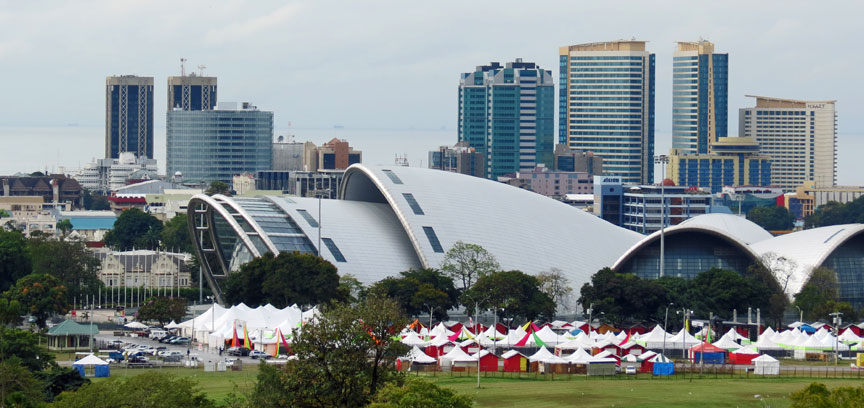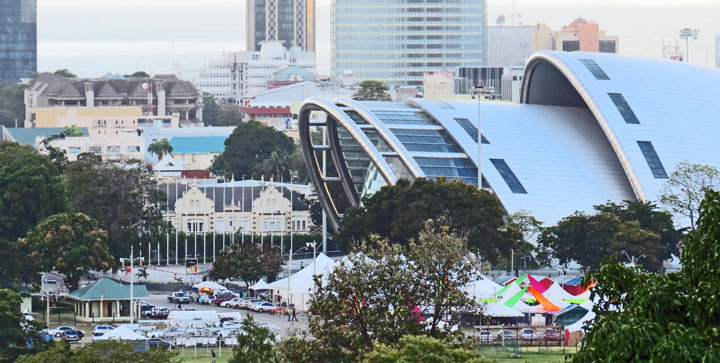

Carnival 2012
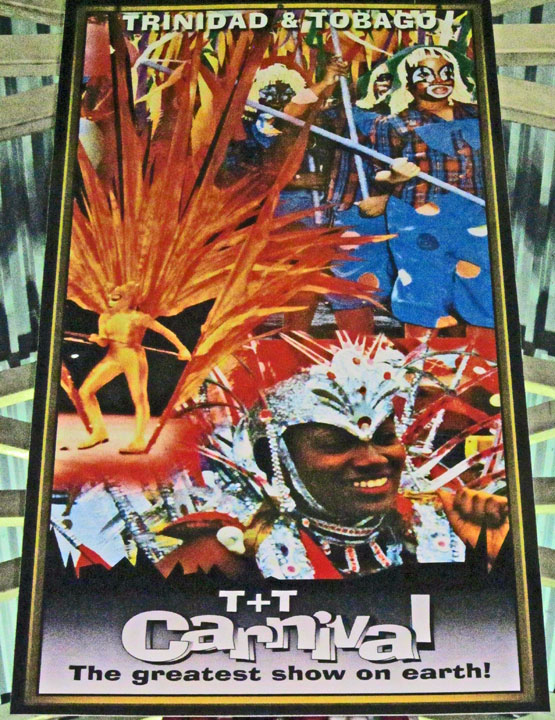
The Trinidad and Tobago Carnival is an annual event celebrated on the Monday and Tuesday before Ash Wednesday, and is highly regarded as "The Greatest Show on Earth."
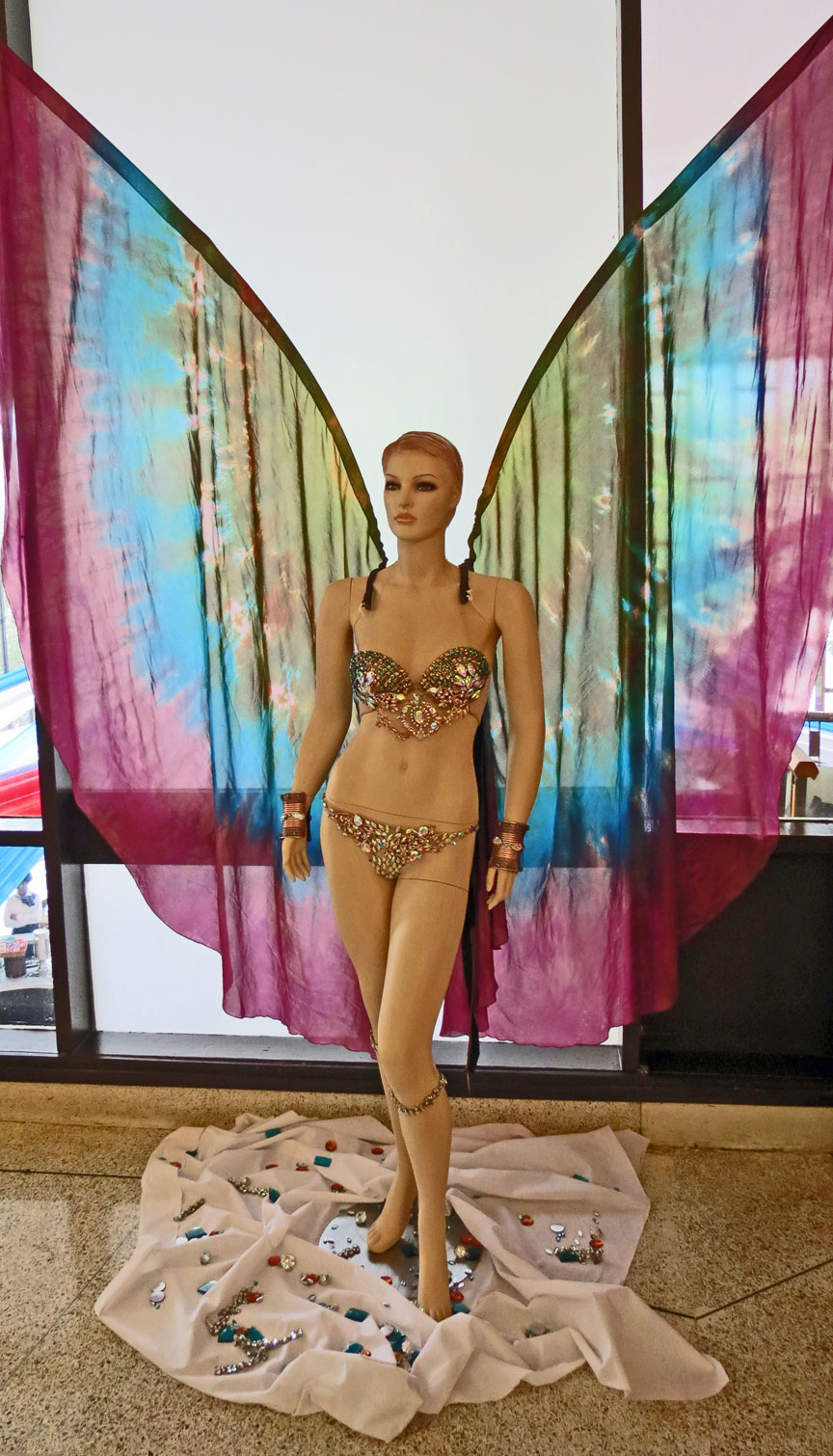
Carnival in Trinidad and Tobago is the most significant event on the islands'
cultural and tourism calendar, with numerous cultural events running in the lead
up to the street parade on Carnival Monday and Tuesday. It is said that if the
islanders are not celebrating it, then they are preparing for it, while
reminiscing about the past year's festival. The heart of the musical celebration
has been calypso; recently soca has replaced calypso as the most celebrated type
of music. Costumes, stickfighting and limbo competitions are also important
components of the festival.
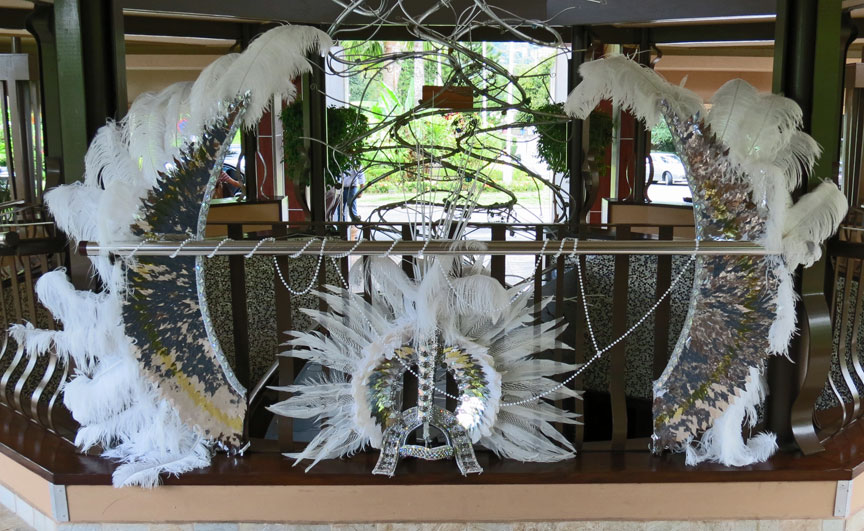
Carnival as it is celebrated in Trinidad and Tobago is also celebrated in cities
worldwide, most notably in Rio de Janeiro and other Brazilian cities but also
including Toronto's Caribana, Miami's Miami Carnival, New Orleans Mardi Gras,
Houston Carifest, London's Notting Hill Carnival as well as New York City's
Labor Day Carnival to name a few.
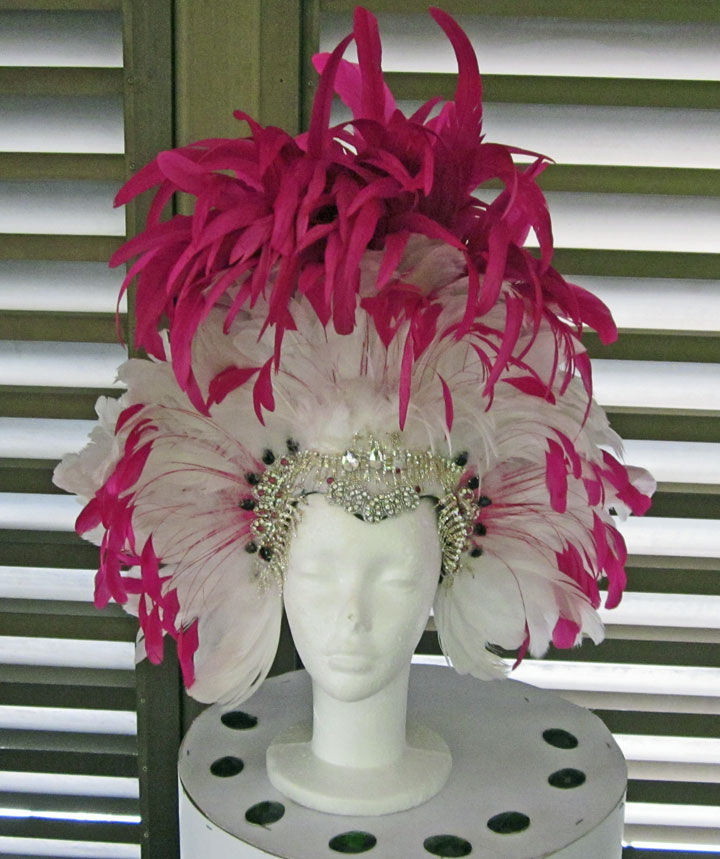
Carnival was created when the indentured laborers and slaves who saw the French
celebrating in costume and mimicked them while combining aspects from their own
cultures (predominantly East Indian and African).
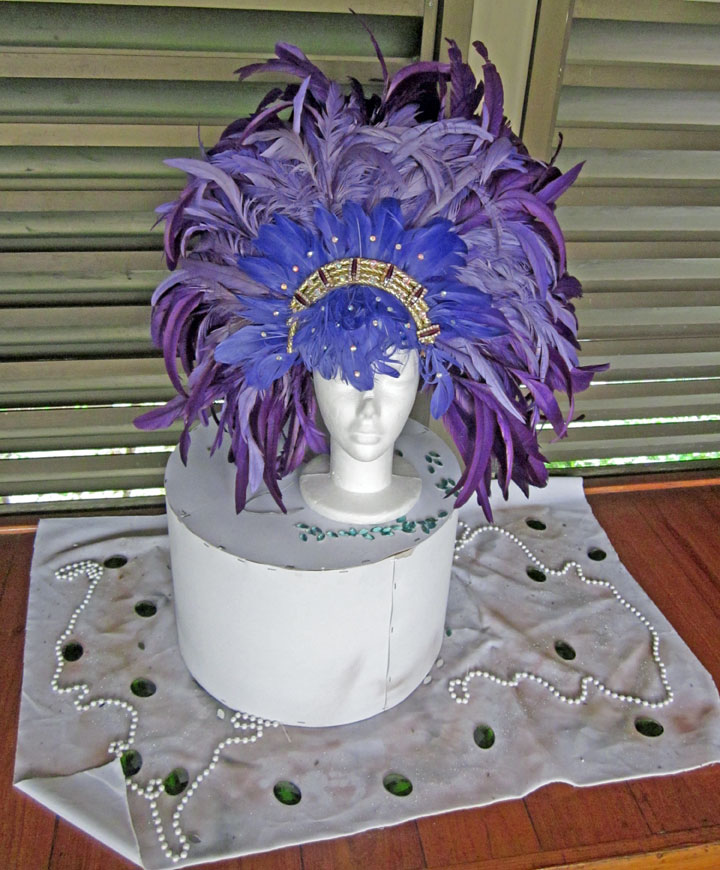
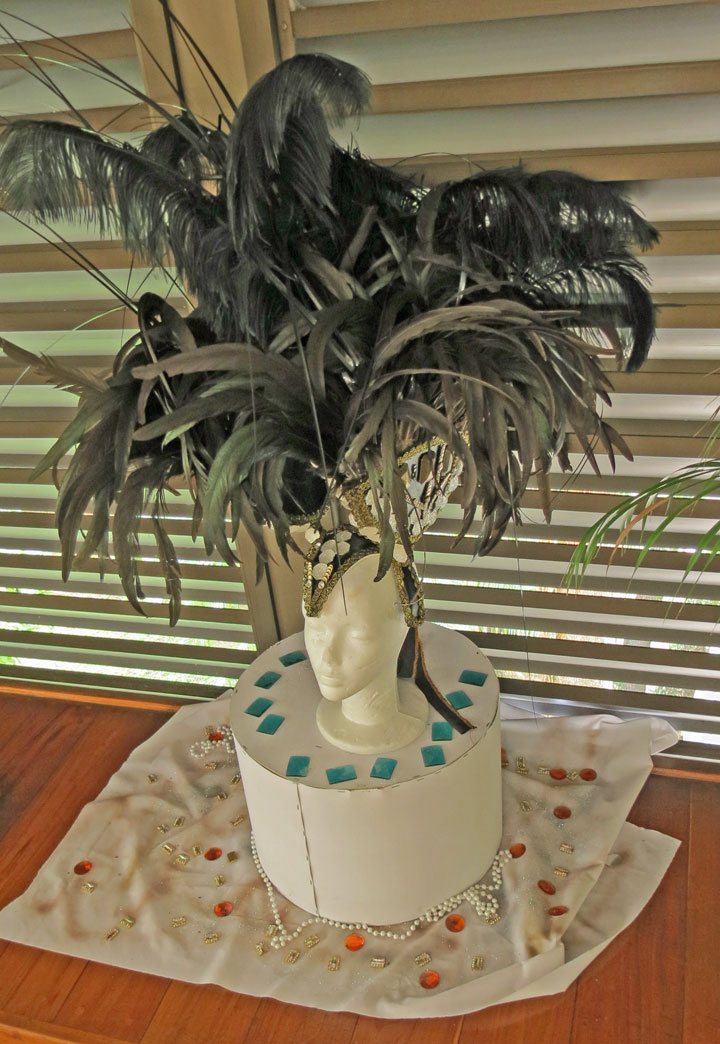
French planters, indenturered laborers, and their slaves emigrated to Trinidad
during the French Revolution (1789) from Martinique, including a number of West
Africans, and French creoles from Saint Vincent, Grenada, Saint Lucia and
Dominica, establishing a local community before Trinidad and Tobago were taken
from Spain by the British. Carnival had arrived with the French, indentured
laborers and the slaves, who could not take part in Carnival, formed their own,
parallel celebration called Canboulay.

Stick fighting and African percussion music were banned in 1880, in response to
the Canboulay Riots. They were replaced by bamboo sticks beaten together, which
were themselves banned in turn. In 1937 they reappeared, transformed as an
orchestra of frying pans, dustbin lids and oil drums. These
steelpans are now a
major part of the Trinidadian music scene and are a popular section of the
Canboulay music contests. In 1941, the United States Navy arrived on Trinidad,
and the panmen, who were associated with lawlessness and violence, helped to
popularize steel pan music among soldiers, which began its international
popularization.
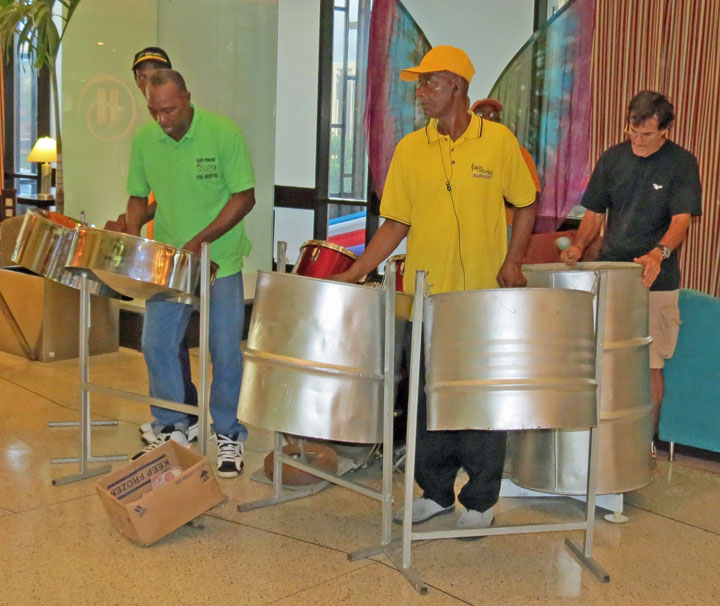
steelpans
Today musical competitions make up a large part of formal Carnival; groups and individuals compete hard to win. To be named Calypso Monarch is one of the country's greatest honors, and the competition is aired on television. Along with the honour comes an enormous trophy, a car, TT $2,000,000 (approx.) and possible endorsements and other contracts. Other prestigious titles are the King and Queen of the Bands (; the International Soca Monarch (both Groovy and Power); the Carnival Road March; and Panorama (for steelpan). For the latter, the 2011 prize was TT$2 million. There are also limbo, stickfighting, and other competitions.
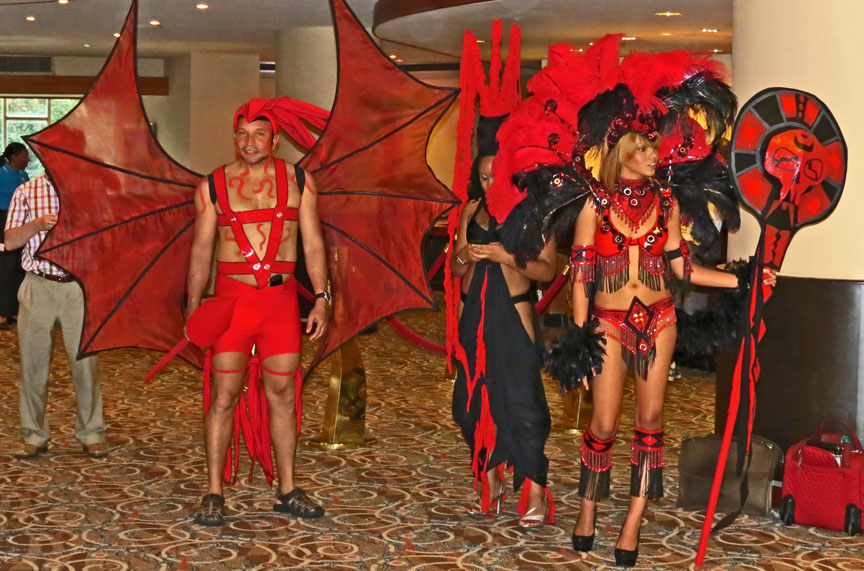
Traditionally, musicians use drums, claves, and the steelpan, created in
Trinidad and reported to be the only non-electrical instrument invented in the
20th century, that has been hammered down in different areas to create a wide
range of different notes. A group of performers practice weeks in advance on
these pans to compete.
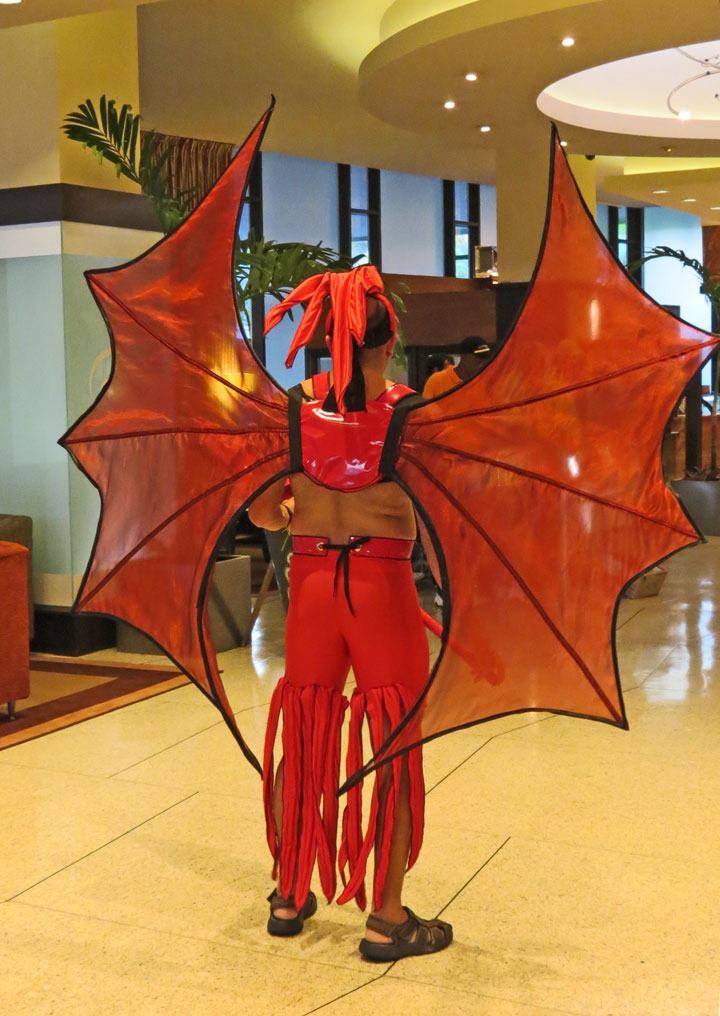
Trinidad and Tobago is multicultural (Amerindian, European, African, Indian, Chinese and Middle Eastern), and all of its groups have contributed musical influences to the sounds of Carnival. These cultures have combined to create a music vastly different from that of Carnival in Spain, Venice, or New Orleans.
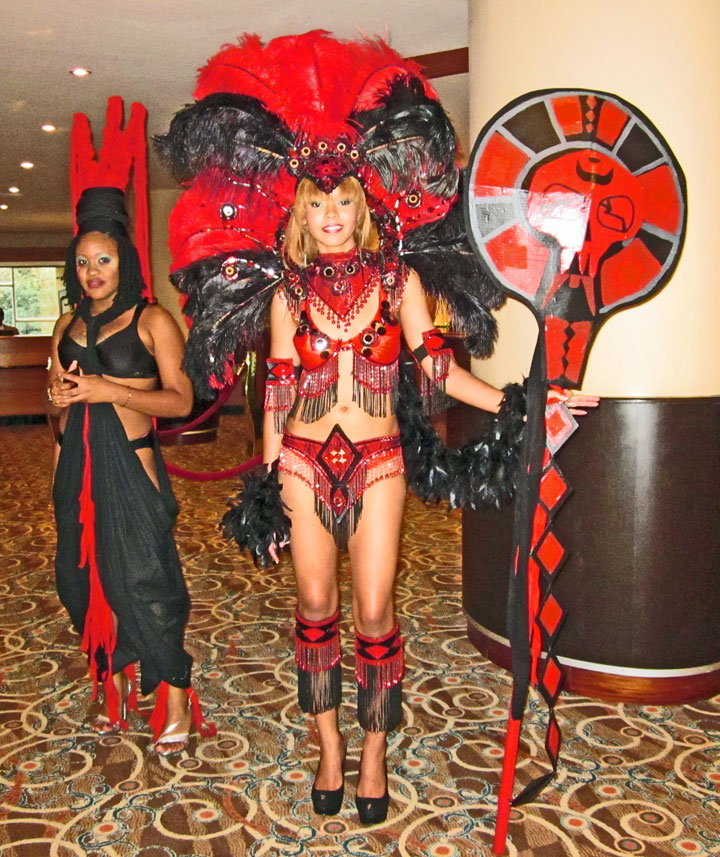
As with other Carnivals, many participants wear elaborate costumes, often
decorated with feathers and sequins. Carnival bands are organized groups made up
of participants who pay for costumes fashioned by a designer and assembled by
teams of volunteers. The costumed participants dance through the streets to the
sounds of a steel band, a soca band or a d.j. – this is called "playing mas'". A
unique feature of this parade is that locals and tourists alike participate in
the parade of bands. Each band is led by a King and Queen, who wear extremely
large costumes, often requiring extensions and wheels to assist the masquerader
to carry it through the streets. Each year on Dimanche Gras (Carnival Sunday), a
competition is held to award the King and Queen of Carnival title to two of
these masqueraders.

On Carnival Monday and Tuesday, the bands are in competition to win the Band of
the Year title. Small monetary prizes are associated with these titles, though
they do not cover the full amount of producing the band's music or the King's or
Queen's costumes. Participation occurs at all levels of society; three-time
calypso monarch David Rudder described it as "from bourgeois to grassroots."
Children participate from as early as parents can get them into costume;
sometime even strollers are decorated.
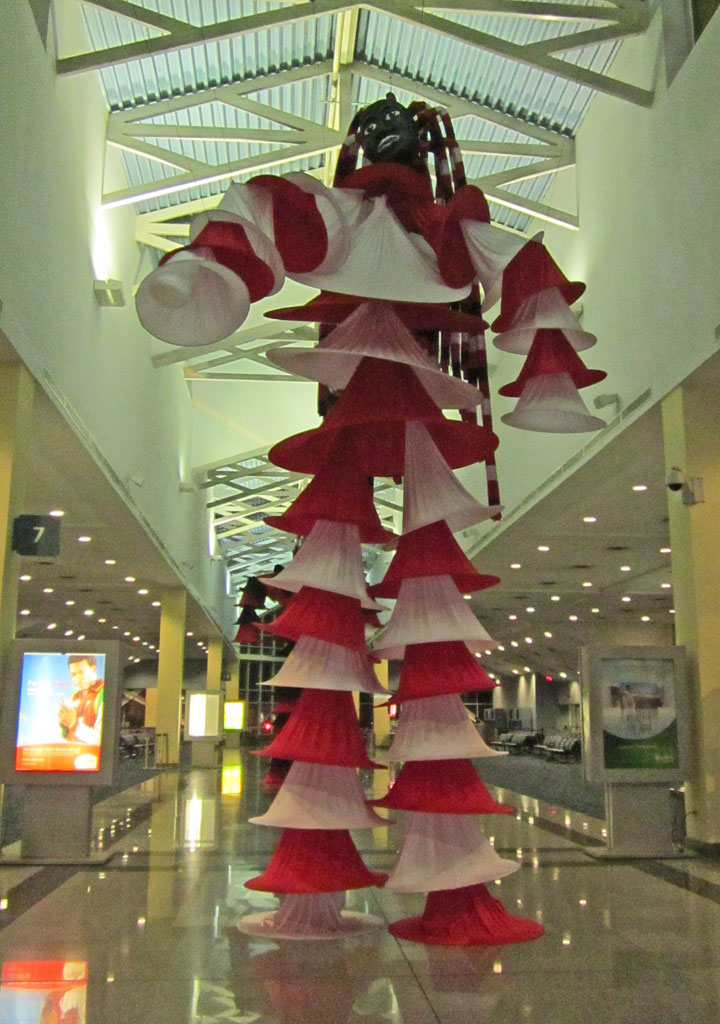
Children can extend their fun by participating in smaller "Kiddies' Carnival"
shows, competitions and parades as early as 4 weeks before the culmination of
the festival. For weeks ahead, several preliminary rounds of competitions and
parties (or fêtes) take place. As Carnival is part of the national curriculum,
several programs take place at schools across the country. Regional
authorities handle smaller Carnival celebrations in smaller towns and villages.
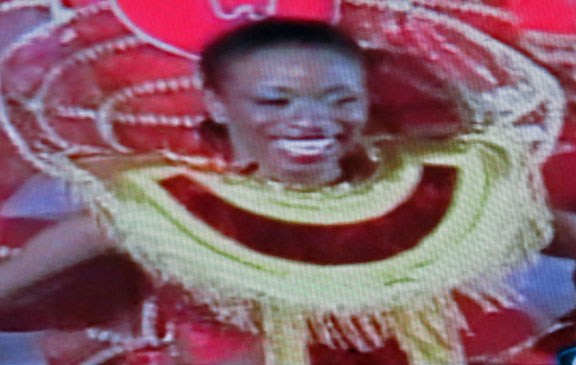
Band leaders and designers begin working on their presentations months in
advance of Carnival Monday and Tuesday. They usually hold a launch party the up
to 8 months before Carnival to showcase their costumes. Costumes are available
for purchase at the mas camp. Some camps offer costumes for sale online as well.
Trxt from Wikipedia
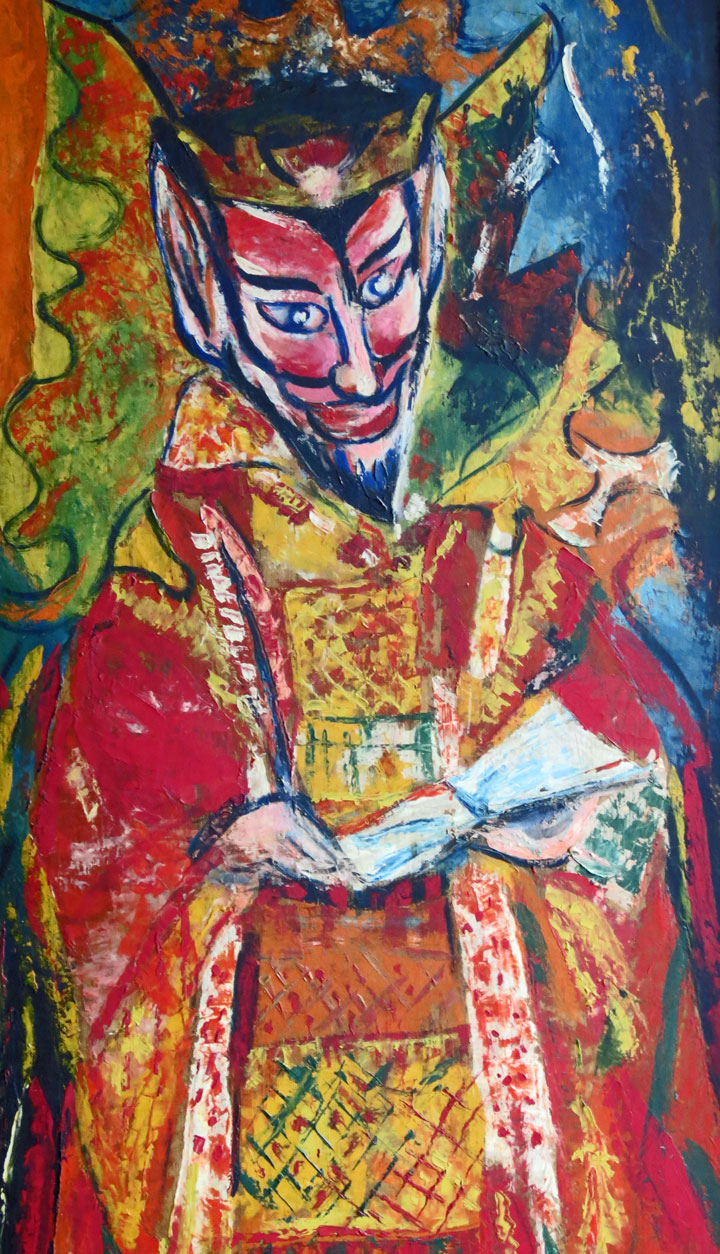
Carnival grounds in Queen's Park
